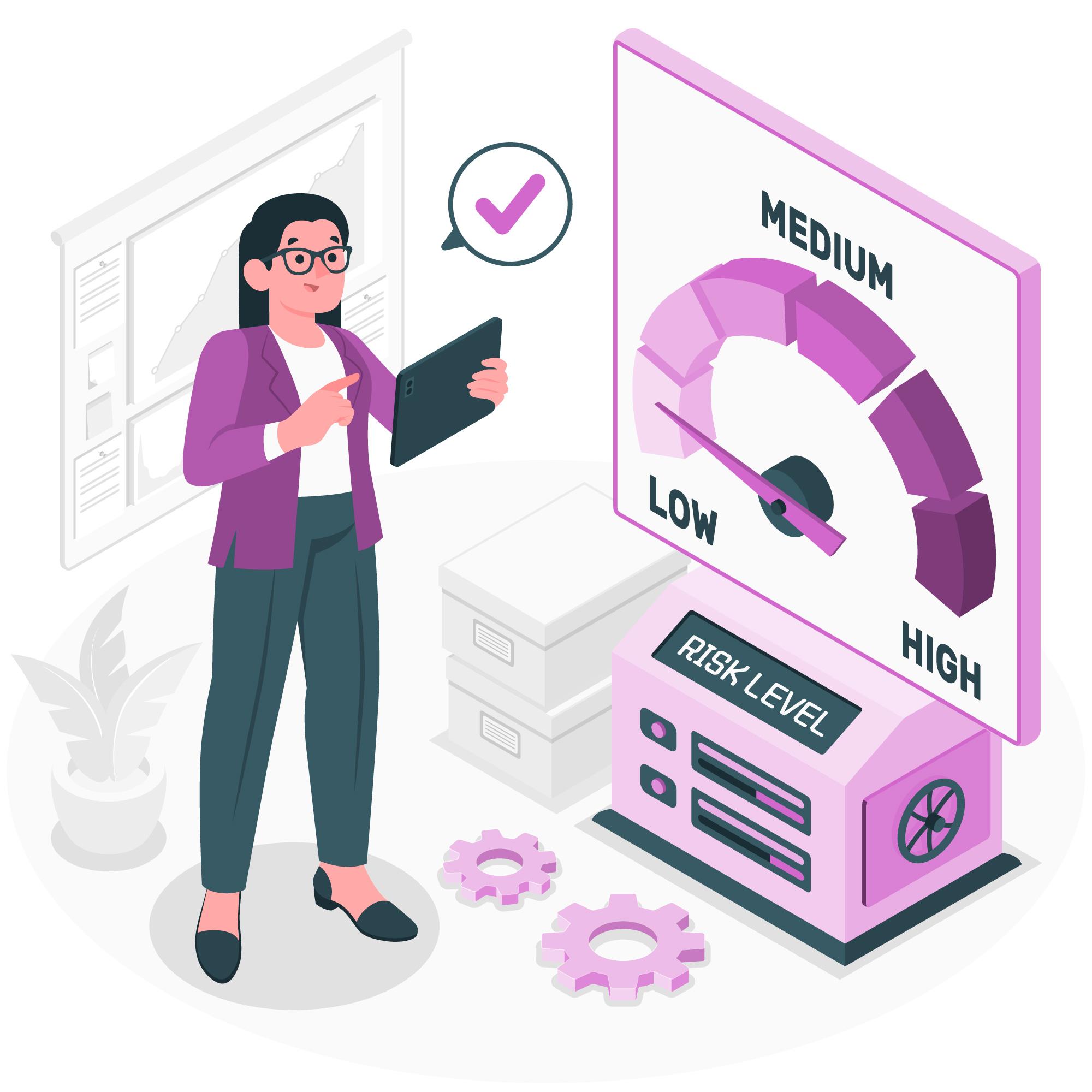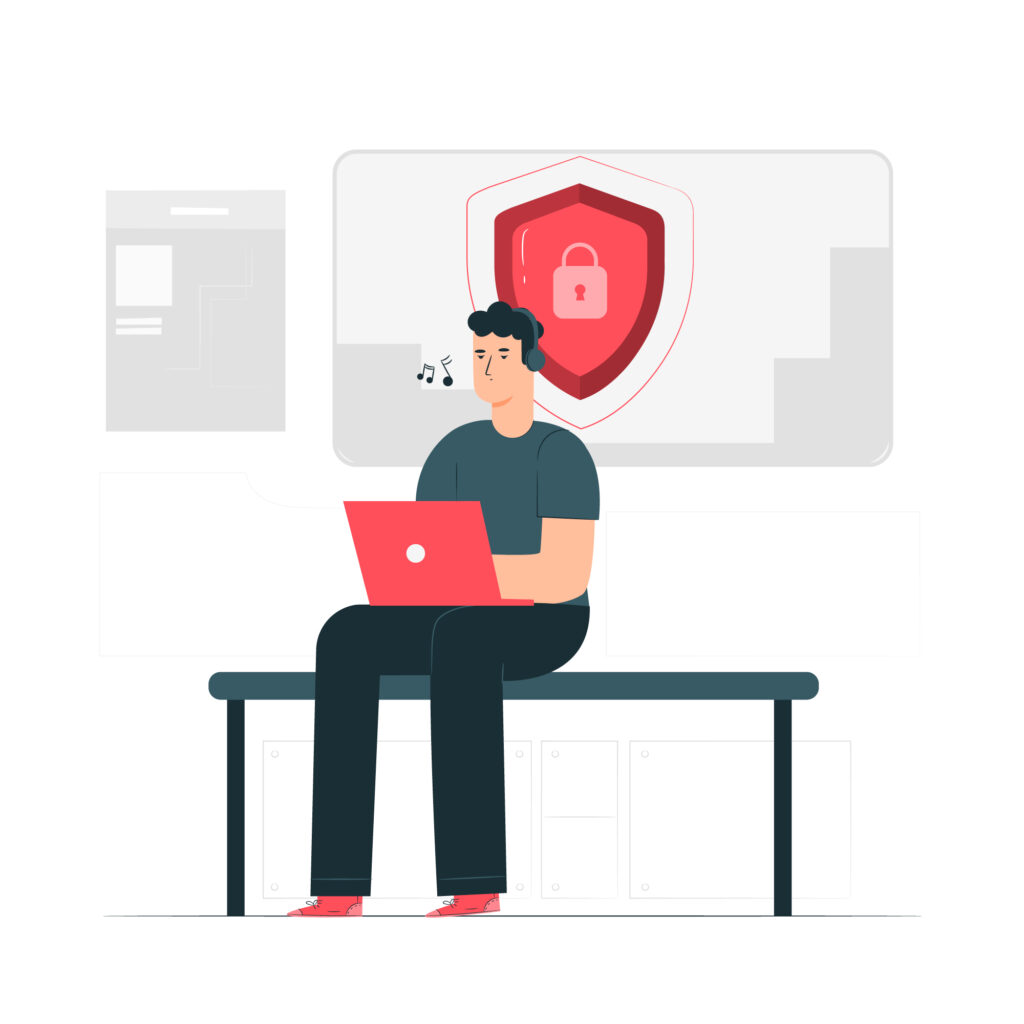 By: John Abhilash / July 26, 2024
By: John Abhilash / July 26, 2024
In today’s interconnected business landscape, organizations increasingly rely on external partners, vendors, and service providers to support their operations. While these relationships can drive efficiency and innovation, they also introduce significant risks. This is where third-party risk management comes into play, serving as a critical process for identifying, assessing, and mitigating potential threats associated with external entities.
Third-party risk management is more than just a compliance checkbox; it’s a strategic imperative for businesses of all sizes. As organizations expand their network of partners and suppliers, they inadvertently increase their exposure to various risks, including:
Cybersecurity threats
Data breaches
Operational disruptions
Regulatory non-compliance
Reputational damage
By implementing a robust third-party risk management program, companies can proactively address these challenges and safeguard their operations, data, and reputation.
1.Risk Identification and Assessment
The foundation of any third-party risk management program is a thorough risk identification and assessment process. This involves:
Categorizing third parties based on criticality and potential impact
Conducting comprehensive due diligence on potential partners
Assessing the third party’s security posture, financial stability, and compliance status
Identifying potential vulnerabilities and threats associated with the partnership
Tools and Techniques:
RiskRate by LexisNexis: Automates due diligence and risk screening processes.
OneTrust Vendorpedia: Offers comprehensive vendor risk assessments and questionnaire management.
SecurityScorecard: Provides external security ratings for third parties.
Tip: Develop a standardized risk assessment questionnaire tailored to your industry and specific risk factors. Use frameworks like the Standardized Information Gathering (SIG) questionnaire as a starting point.
2.Continuous Monitoring and Reassessment
Third-party risk management is not a one-time event but an ongoing process. Implement continuous monitoring mechanisms to:
Track changes in the third party’s risk profile
Monitor for new vulnerabilities or emerging threats
Reassess the relationship periodically based on performance and risk factors
Tools:
BitSight: Offers real-time cybersecurity ratings and alerts.
RiskRecon: Provides continuous third-party security assessments.
UpGuard: Monitors third-party cybersecurity postures and data leaks.
Best Practice: Set up automated alerts for significant changes in a vendor’s risk profile or security posture.
3.Contractual Safeguards
Robust contracts are a crucial element of third-party risk management. Ensure your agreements include:
Clear security and compliance requirements
Data protection and privacy clauses
Right-to-audit provisions
Incident response and breach notification procedures
Termination clauses for non-compliance or security breaches
Tools:
DocuSign CLM: Streamlines contract lifecycle management with built-in risk clauses.
Icertis Contract Intelligence: AI-powered contract management with risk analysis features.
Tip: Develop a library of pre-approved contract clauses addressing various risk scenarios to expedite negotiations. Involve legal counsel and security experts in contract negotiations to ensure comprehensive risk coverage.
4.Vendor Performance Management
Regularly assess and manage vendor performance as part of your third-party risk management strategy:
Establish key performance indicators (KPIs) and service level agreements (SLAs)
Conduct periodic performance reviews
Implement a vendor scorecard system to track and compare performance
Tools:
MetricStream Vendor Management: Offers comprehensive vendor lifecycle management capabilities.
Venminder: Provides tools for ongoing vendor monitoring and documentation.
Best Practice: Implement a balanced scorecard approach, weighing both performance and risk factors in vendor evaluations. Align vendor performance metrics with your organization’s risk tolerance and business objectives.
5.Incident Response and Business Continuity Planning
Prepare for potential incidents or disruptions involving third parties:
Develop and test incident response plans that include third-party scenarios
Ensure business continuity plans account for critical third-party dependencies
Conduct joint tabletop exercises with key vendors to test response capabilities
Tools:
Fusion Framework System: Offers integrated risk management and business continuity planning.
Resolver: Provides incident management and risk assessment capabilities.
Tip: Conduct annual joint tabletop exercises with critical vendors to test response capabilities and identify gaps. Regularly update and test your incident response and business continuity plans to address evolving threats.
Emerging Trends in Third-Party Risk Management
As the business landscape evolves, so do the challenges and approaches to third-party risk management. Here are some emerging trends to consider:
1.AI and Machine Learning Integration
Artificial intelligence and machine learning are revolutionizing third-party risk management by:
Automating risk assessments and due diligence processes
Identifying patterns and anomalies in vendor behavior
Predicting potential risks based on historical data and market trends
Tools:
IBM Watson Supply Chain Insights: Uses AI for supply chain risk prediction and mitigation.
Prevalent: Leverages machine learning for predictive vendor risk analytics.
Use Case: Implement AI-driven anomaly detection to identify unusual patterns in vendor access or data transfers.
2.Supply Chain Mapping and Visibility
Organizations are increasingly focusing on gaining deeper visibility into their entire supply chain:
Mapping multi-tier supplier relationships
Identifying critical dependencies and potential bottlenecks
Assessing geopolitical and environmental risks across the supply chain
Tools:
Resilinc: Offers multi-tier supply chain mapping and risk monitoring.
Sourcemap: Provides end-to-end supply chain visualization and risk assessment.
Best Practice: Conduct annual supply chain mapping exercises to identify critical dependencies and potential single points of failure.
3.Collaborative Risk Management
Companies are moving towards more collaborative approaches to third-party risk management:
Sharing risk assessment data through industry consortiums
Participating in information sharing and analysis centers (ISACs)
Engaging in joint risk mitigation efforts with critical suppliers
Platforms:
Shared Assessments Program: Offers standardized tools and best practices for third-party risk assessments.
CyberGRX: Facilitates the exchange of third-party cyber risk data.
Tip: Participate in industry-specific Information Sharing and Analysis Centers (ISACs) to stay informed about emerging threats and best practices.
4.Regulatory Focus on Third-Party Oversight
Regulators are increasingly scrutinizing organizations’ third-party risk management practices:
Enhanced focus on data protection and privacy regulations (e.g., GDPR, CCPA)
Increased emphasis on operational resilience and third-party dependencies
Growing requirements for third-party cybersecurity assessments
Tools:
LogicManager: Offers regulatory compliance management integrated with third-party risk assessment.
Galvanize HighBond: Provides compliance management and control monitoring capabilities.
Best Practice: Create a regulatory change management process to quickly incorporate new requirements into your third-party risk assessments.
5.Integration of Environmental, Social, and Governance (ESG) Factors
ESG considerations are becoming an integral part of third-party risk management:
Assessing suppliers’ environmental impact and sustainability practices
Evaluating social responsibility and labor practices
Considering governance structures and ethical business practices
Tools:
EcoVadis: Provides sustainability ratings and scorecards for suppliers.
IntegrityNext: Offers ESG risk monitoring and compliance management for supply chains.
Tip: Develop an ESG scorecard for vendors, weighing factors based on their relevance to your industry and corporate values.
Overcoming Common Challenges in Third-Party Risk Management
While the benefits of a robust third-party risk management program are clear, organizations often face challenges in implementation:
1.Resource Constraints
Challenge: Limited budget and personnel to manage an extensive third-party network. Solution: Prioritize critical vendors, leverage automation tools, and consider outsourcing non-core assessment activities.
Tool: ProcessUnity Vendor Risk Management: Offers workflow automation to streamline the assessment process.
Tip: Implement a tiered assessment approach, using lightweight questionnaires for low-risk vendors and in-depth assessments for critical partners.
2.Data Quality and Consistency
Challenge: Obtaining accurate and up-to-date information from third parties. Solution: Implement standardized data collection processes, use reputable third-party data sources, and establish clear communication channels with vendors.
Tool: Aravo Solutions: Provides a centralized platform for vendor data management and validation.
Best Practice: Implement data quality checks and validation rules in your vendor management system to ensure consistency and completeness of information.
3.Scalability
Challenge: Managing risk across a growing number of third-party relationships. Solution: Adopt a tiered approach to risk management, focusing more resources on high-risk vendors while maintaining baseline assessments for lower-risk partners.
Tool: RSA Archer Third Party Governance: Offers scalable third-party risk management for enterprises.
Tip: Develop automated risk scoring models that can quickly categorize new vendors based on key risk indicators.
4.Cultural and Organizational Resistance
Challenge: Overcoming internal resistance to implementing comprehensive third-party risk management practices. Solution: Foster a risk-aware culture through education and training, and demonstrate the business value of effective risk management to stakeholders.
Tool: KnowBe4: Provides security awareness training that can be extended to third-party risk concepts.
Best Practice: Develop a third-party risk management champion program, training individuals across departments to promote risk awareness.
5.Technology Integration
Challenge: Integrating third-party risk management processes with existing enterprise systems. Solution: Invest in flexible, API-driven risk management platforms that can integrate with your current technology stack.
Tool: Coupa Risk Aware: Integrates third-party risk management with procurement and spend management processes.
Tip: Prioritize API capabilities when selecting third-party risk management tools to ensure seamless integration with existing systems.
Building a Mature Third-Party Risk Management Program
Developing a mature third-party risk management program is an iterative process. Here’s a roadmap to guide your organization’s journey:
Develop a third-party risk management policy and framework
Define roles and responsibilities across the organization
Create a centralized inventory of all third-party relationships
Standardize risk assessment and due diligence procedures
Establish continuous monitoring mechanisms
Develop incident response and escalation protocols
Integrate advanced analytics and automation tools
Implement a vendor performance management system
Develop industry-specific risk assessment criteria
Continuously refine and update your risk management approach
Explore emerging technologies and collaborative risk management initiatives
Align third-party risk management with broader enterprise risk management strategies
Tools to Support Maturity:
NAVEX Global’s Lockpath: Offers a holistic GRC platform to support program maturity.
SAI Global: Provides integrated risk management solutions that can grow with your program.
Best Practice: Use a maturity model, such as the CMMI (Capability Maturity Model Integration), to assess your current state and plan improvements.
Conclusion: The Strategic Imperative of Third-Party Risk Management
In an increasingly interconnected business world, third-party risk management is no longer optional—it’s a strategic imperative. By implementing a comprehensive and proactive approach to managing third-party risks, organizations can protect their assets, maintain compliance, and build resilient business relationships.
Remember, third-party risk management is an ongoing journey, not a destination. Stay informed about emerging trends, leverage technology to enhance your capabilities, and continuously refine your approach to address evolving risks. By doing so, you’ll not only mitigate potential threats but also create a competitive advantage in today’s complex business landscape.
By leveraging the tools and implementing the suggested best practices outlined in this guide, organizations can significantly enhance their third-party risk management capabilities. Regularly reassess your toolset and processes to ensure they keep pace with evolving risks and business needs.
Ultimately, effective third-party risk management is about creating a resilient ecosystem of partnerships that can withstand the challenges of today’s complex business environment. With the right approach and tools, you can transform third-party risk management from a compliance burden into a strategic advantage that supports your organization’s growth and success.
Check Out Other Resources : Master ASPM :Build a secure strategy , OWASP Official Website







Leave a Comment